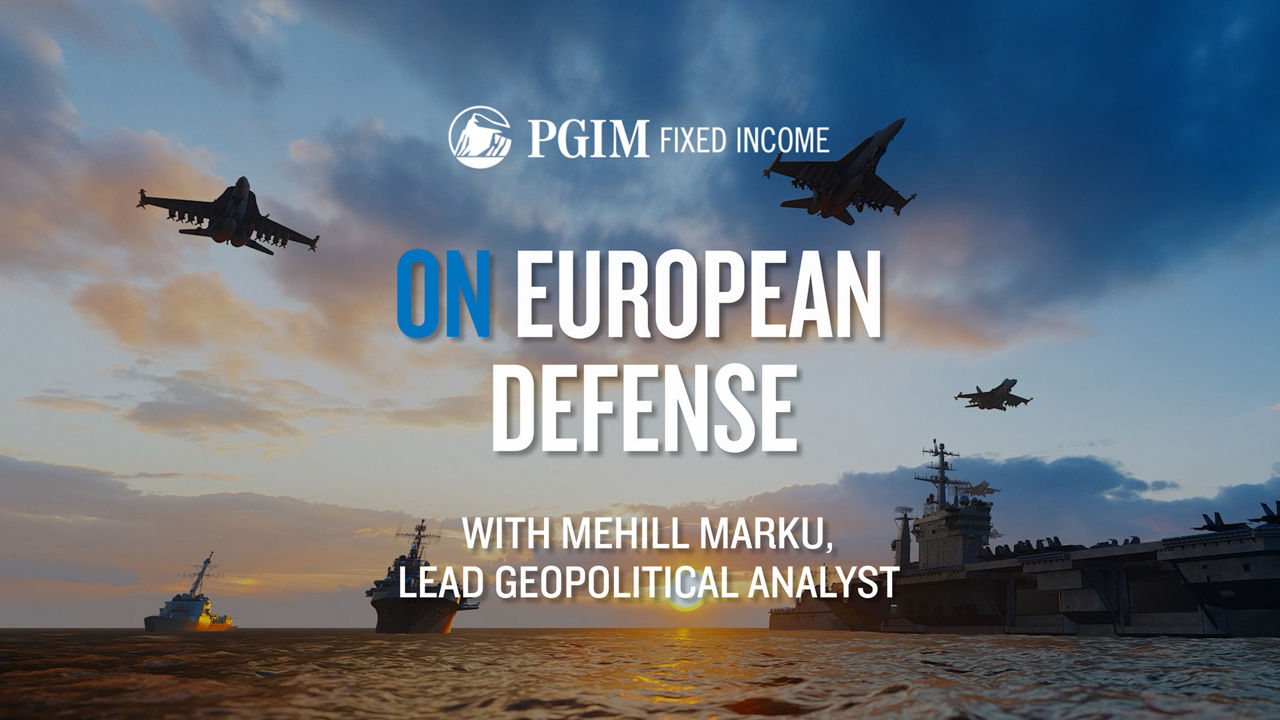On April 2nd, President Trump announced much anticipated reciprocal tariffs, arguing that the imposition would strengthen the international economic position of the United States and protect American workers.
The new tariffs were imposed under the International Emergency Economic Powers Act of 1977 and consist of 10% baseline universal tariff effective on April 5th, then overlaid by higher individualized tariff rates effective April 9 for about 60 countries considered worse offenders. These are countries that have the largest state deficit with the United States and presumably resort to non-trade barriers such as VAT, currency manipulation, subsidies, etcetera.
The ensuing executive order allows the President to increase tariffs on trading partners if they retaliate, a message to the senior White House officials were quick to relay last night, with Besant, for example, urging countries to remain calm and not retaliate less trade war would escalate. Products already subject to the 232 tariffs, namely steel and aluminum car and auto parts, will remain the same. Canada and Mexico were not included in the county tariff list, likely because of the pressure within the Senate, but also because Trump’s goals may be different for the two USMCA members. That said, the 25% tariff on non USMCA compliant goods remains in place.
It also appears that the China de minimis rule will land effective May 2nd, which means even small packages under $800 will pay all the applicable tariffs, with significant implications for China's small businesses.
Among the 10 worst offenders, all but China are US allies like the EU, Japan, Taiwan, South Korea, India, etcetera, which obviously could complicate the global geopolitical landscape.
Finally, it is worth highlighting that the new reciprocal tariffs do not mark the end of the trade war. Products like copper, pharmaceuticals, semiconductors, lumber remain subject to measures upon completion of relevant investigations. I would say that trading partners have threatened to retaliate, but not all retaliation are retaliations are going to be the same. Some may not even respond and try to strike deals with the US administration. The most important though negotiation is going to be between European Union and US and between China and US. They both are better prepared that they were in the first-round administration and that presents significant risk to the global growth outlook.


